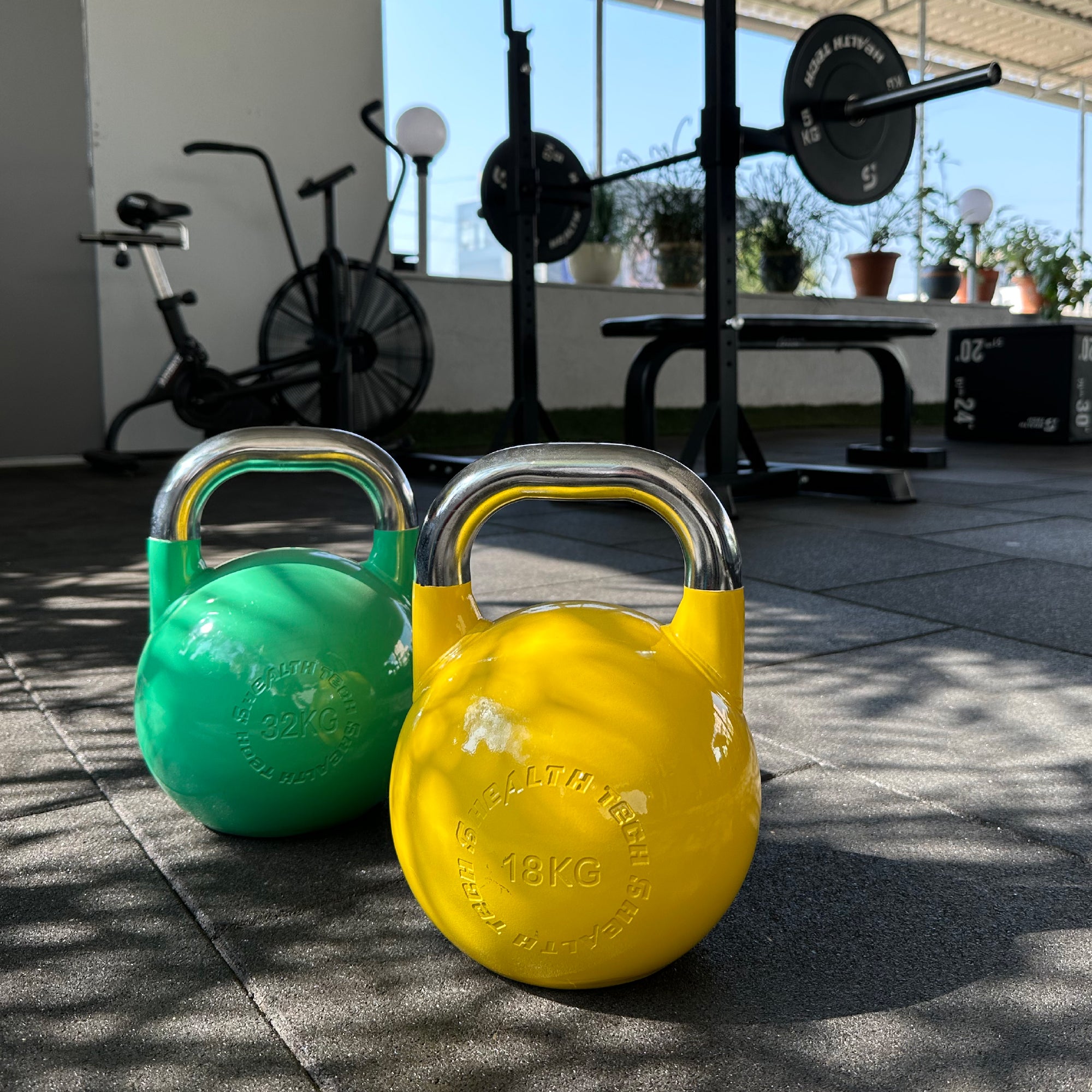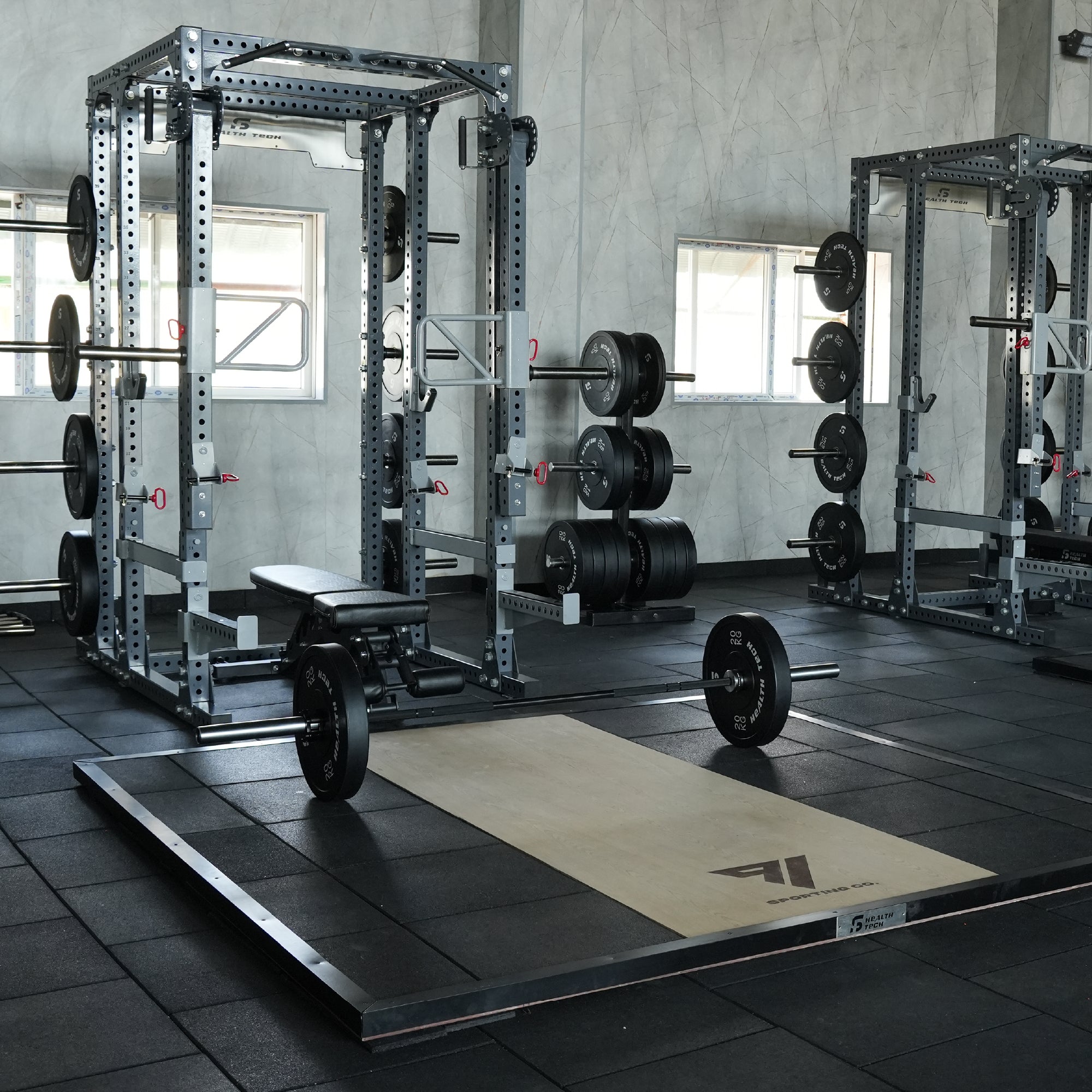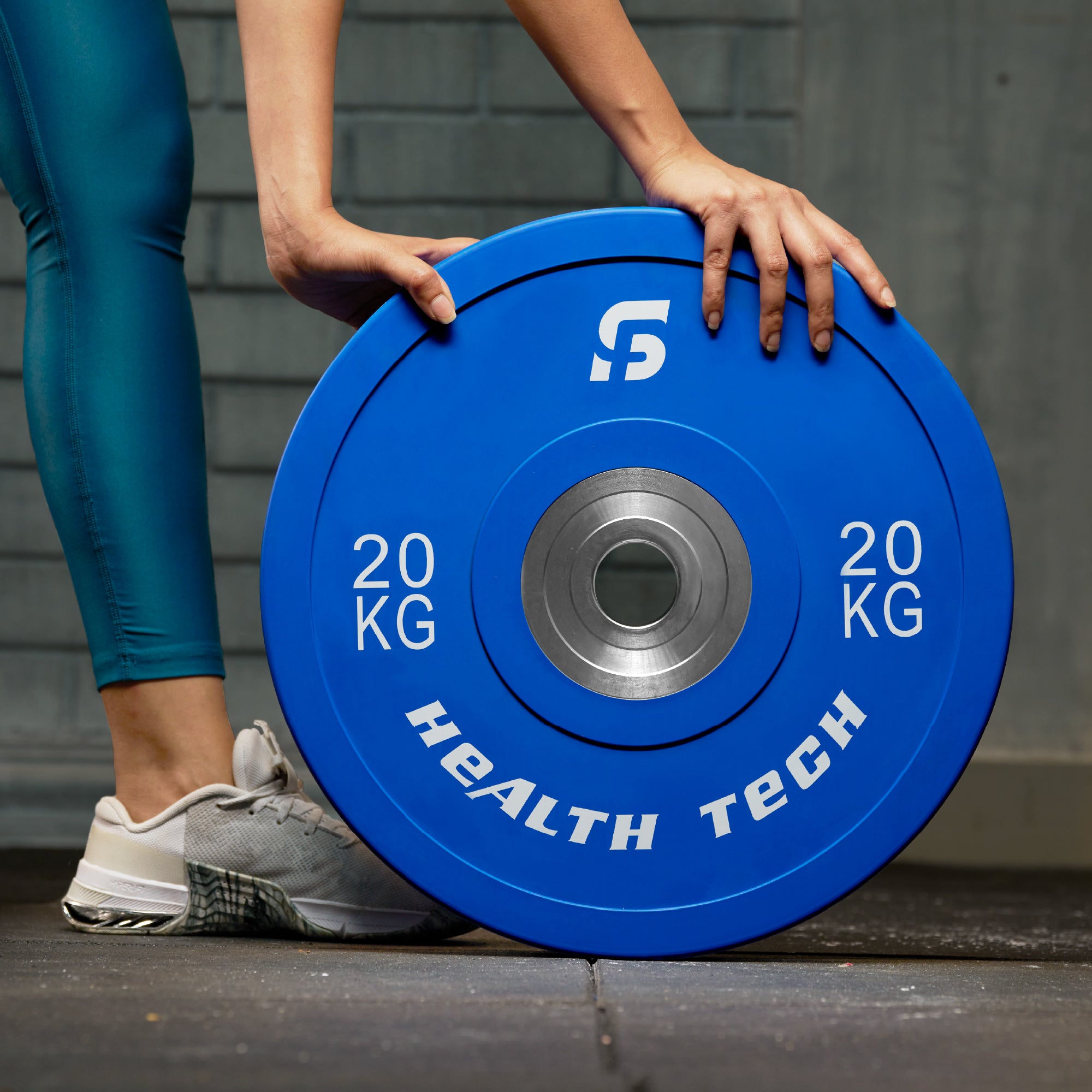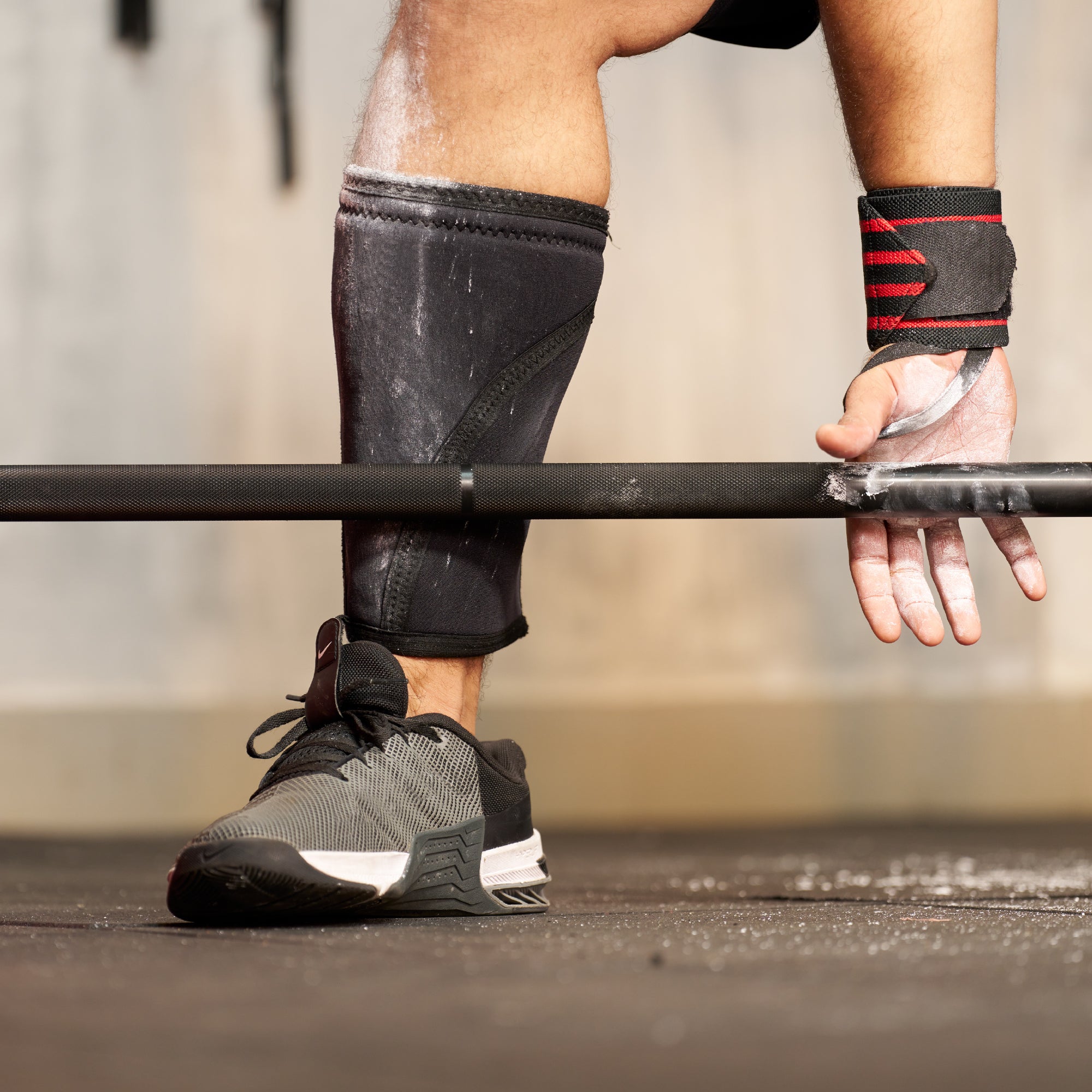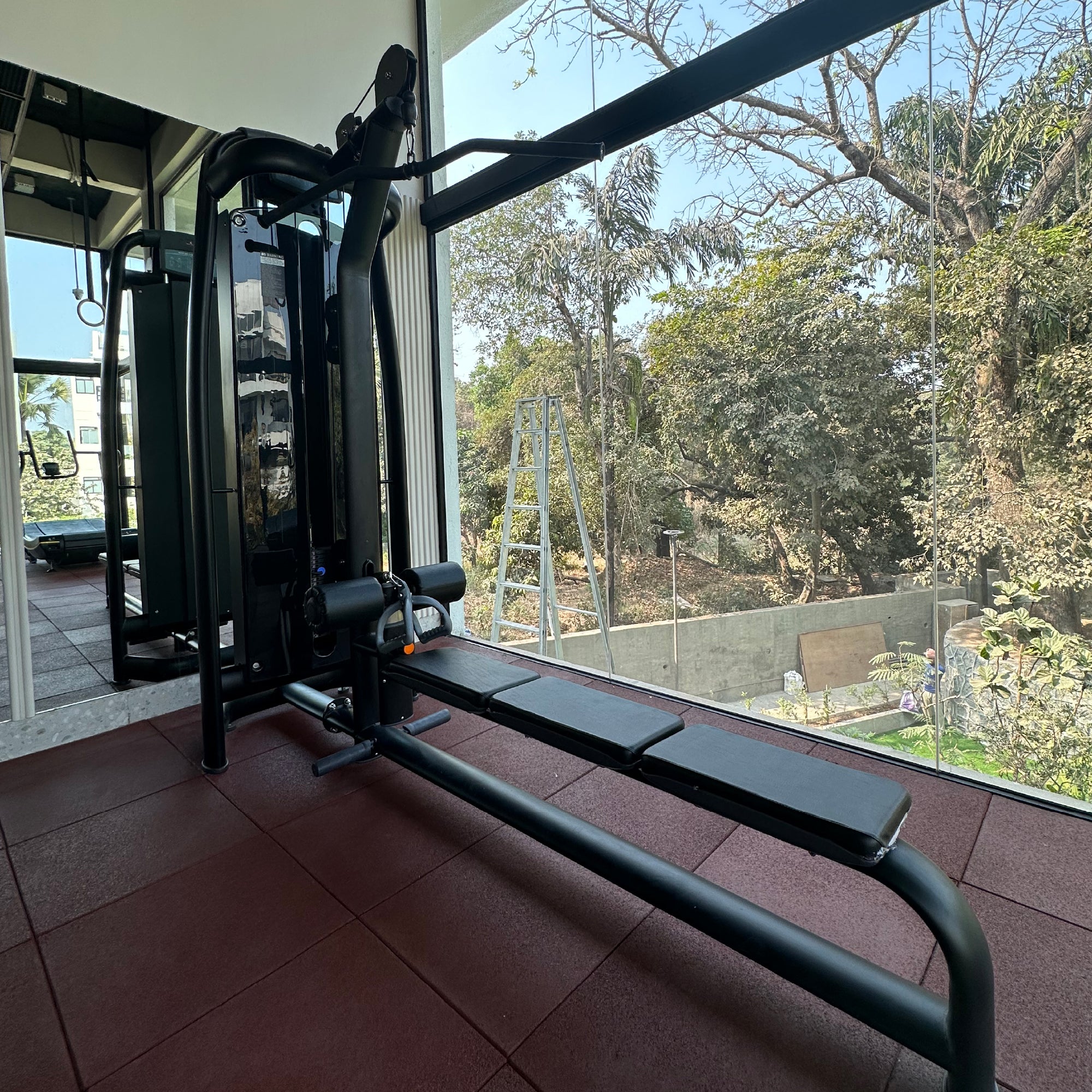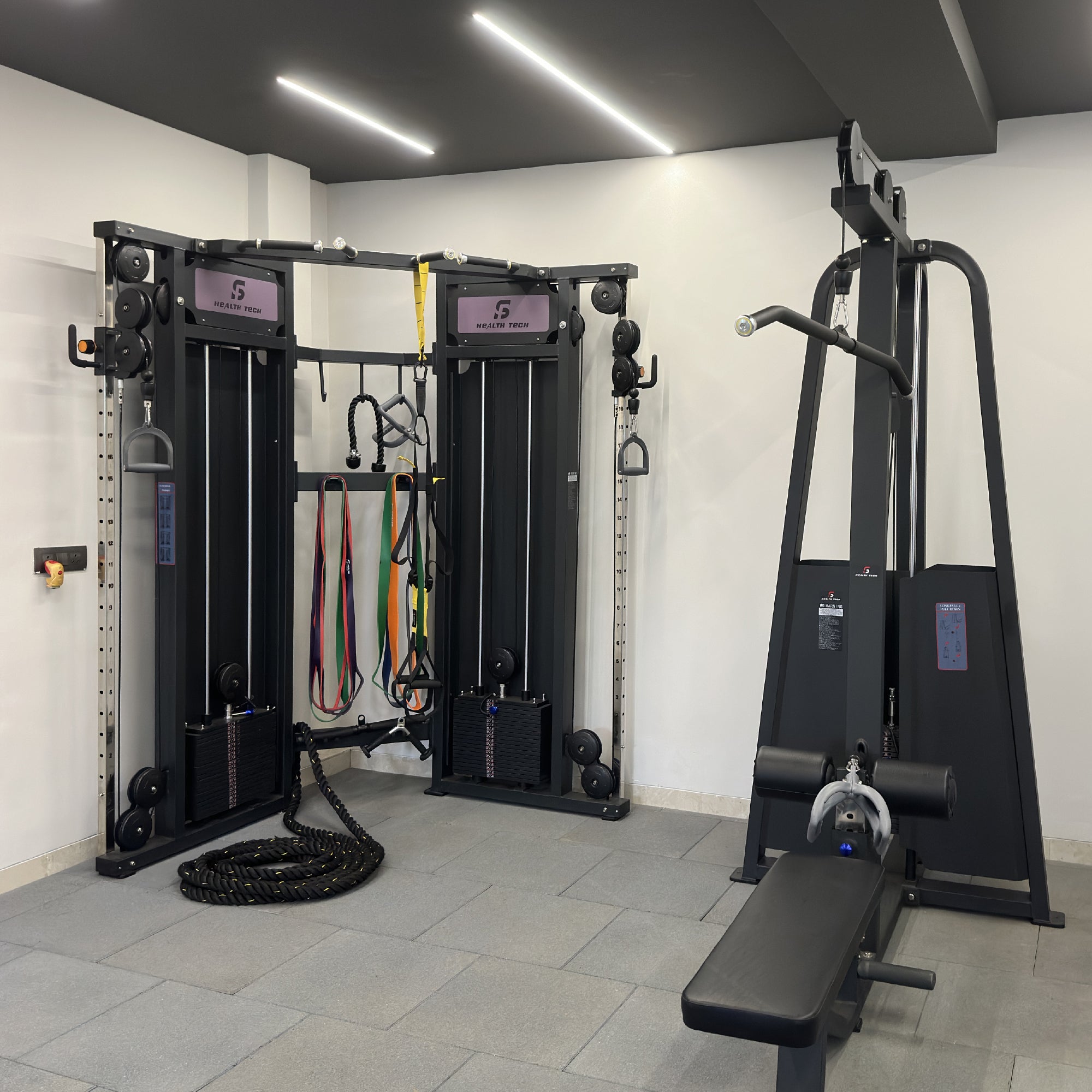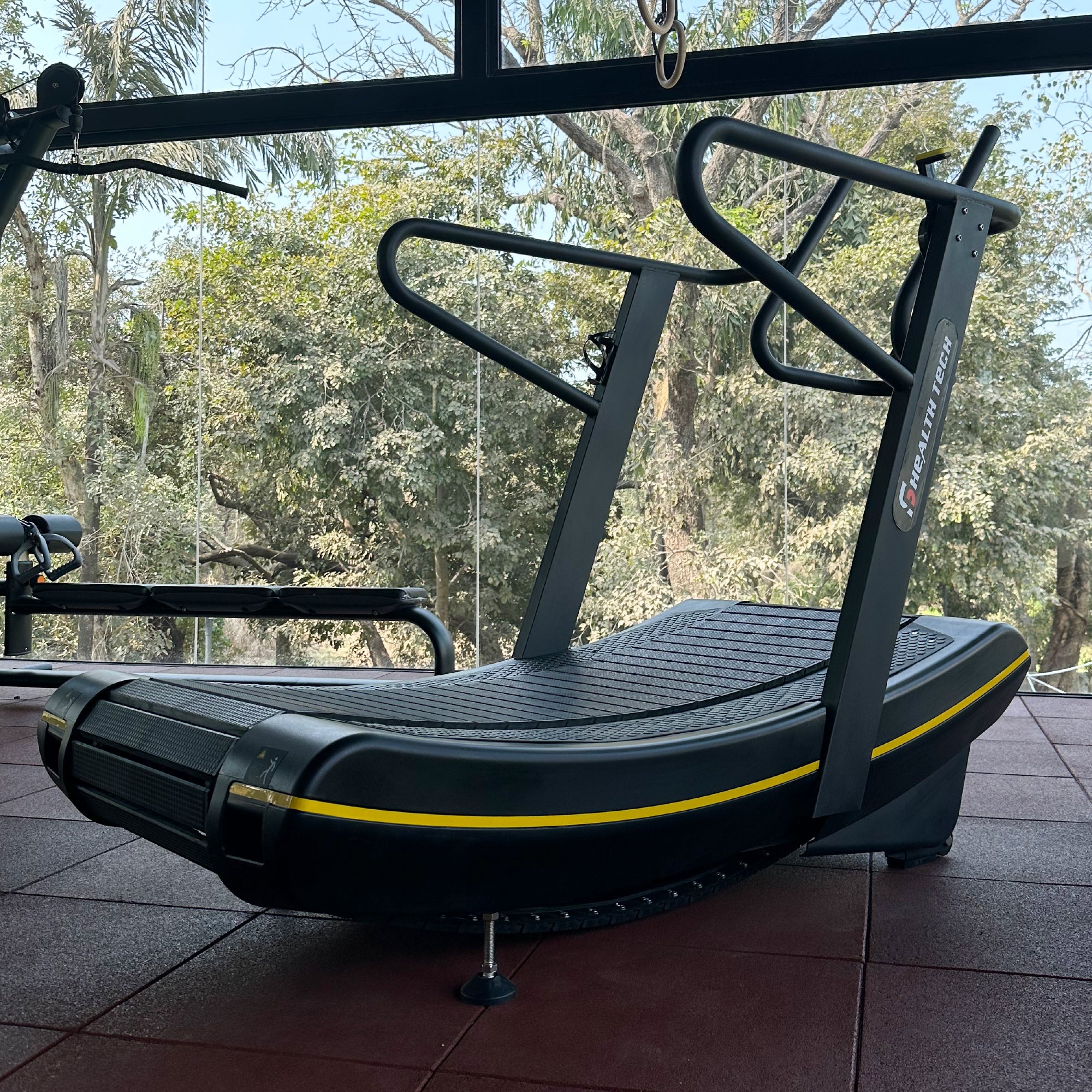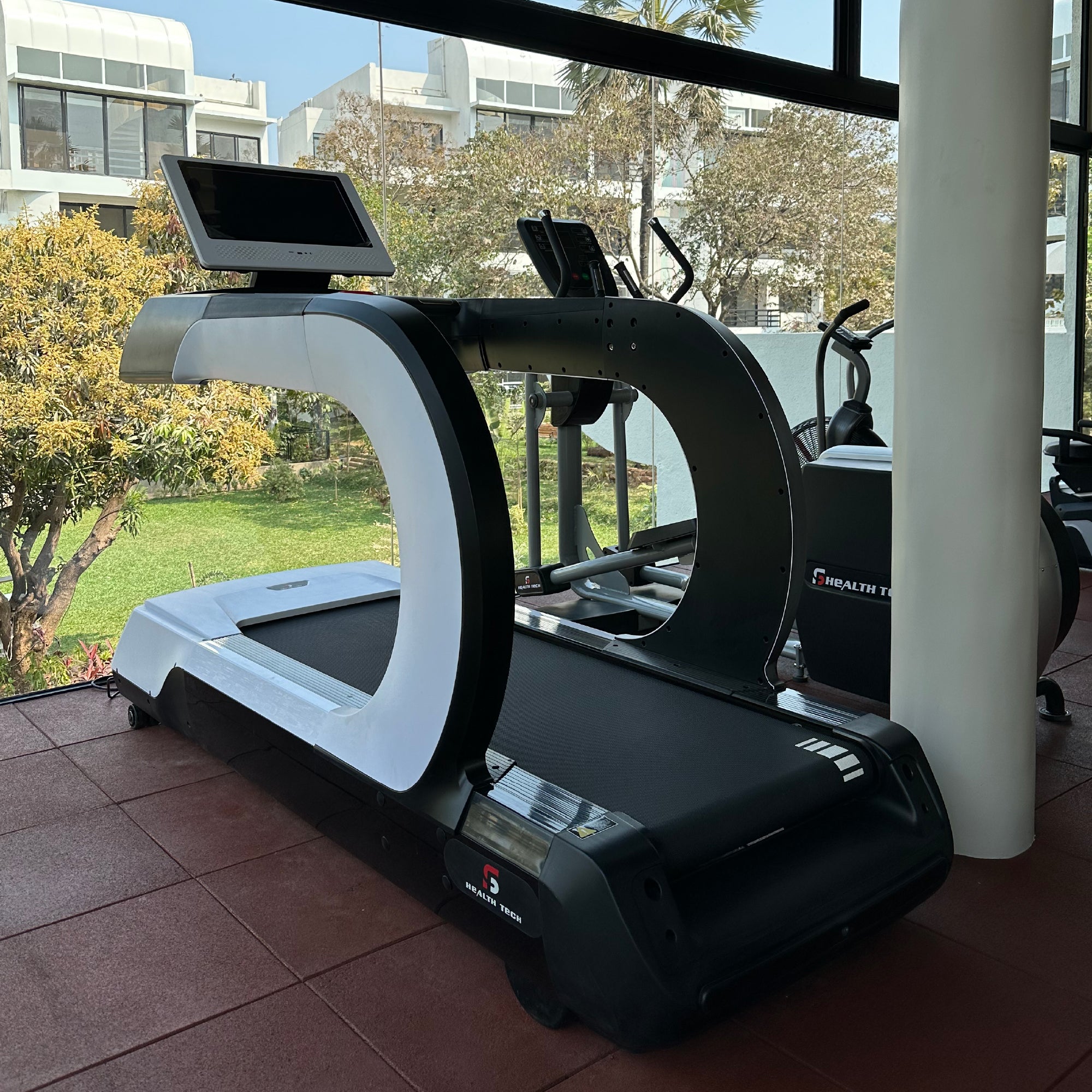Guide to Mastering Different Types of Deadlift Grips
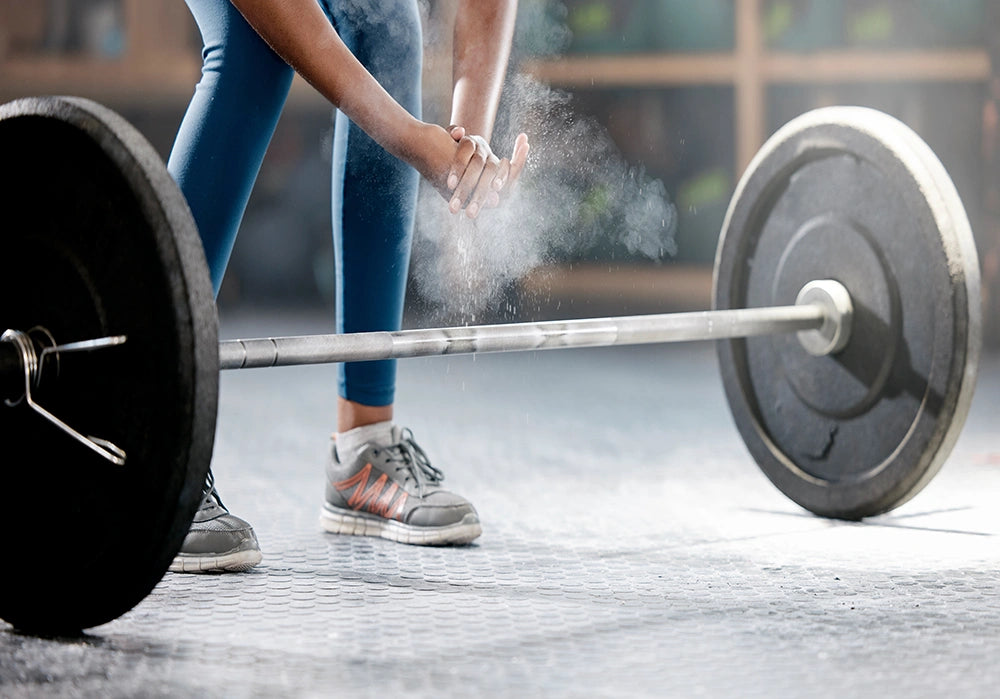
Grasping the barbell with sheer determination, the deadlift is a true measure of strength and an essential component of any lifter's repertoire. However, when faced with the challenge of lifting heavy loads, the strength of your grip is the deciding factor. This is where the mastery of various deadlift grips becomes crucial. It's not solely about exerting more pressure on the bar; it entails strategically adjusting your hand placement to optimize control and strength and, ultimately, achieve personal records in the deadlift.
In this article, we will discuss various common deadlift grip techniques and provide insights into selecting the most suitable approach for your deadlift routine.
Deadlift Grip Overview
Deadlift grip is the method used to grip the barbell during a deadlift. There are various ways in which you can master deadlift grips, each with its advantages and disadvantages. Your choice of deadlifts impacts your overall deadlift performance, your comfort level, the maximum weight you can lift, the muscle groups you engage, and the risk of potential injury.
Why Should You Vary Your Deadlift Grip?
The standard double overhand grip, where both palms face you, is an excellent place to start. However, mastering different grips is essential because one grip only works for some situations. Having a variety of grips gives you more power and flexibility in your approach.
- Strength and Weakness Targeting: Experiment with different ways of holding weights to work on specific muscles in your forearms and upper back. Trying out different grips can help you focus on areas that need improvement and develop well-rounded grip strength.
- Lifting Efficiency: Using grips, such as the snatch grip, can help you lift heavier weights by changing how the bar moves and the leverage.
- Injury Prevention: Grips like the hook grip can help reduce bicep strain, especially when lifting heavier weights.
Types of Deadlift Grips
There are several variations of the deadlift, each with its own unique grip. The overhand, hook, and mixed grips are the most commonly used variations, suitable for most deadlift exercises. Grips like the Snatch and Axle grips are also available, although they are less commonly used.
-
The Overhand Grip (The Classic Choice)
- How to Do It: This is the most basic grip, with both palms facing you. When using this basic grip, ensure that both palms face towards you. To properly execute the grip, wrap your hands around the bar, positioning them just slightly outside shoulder-width apart.
- Pros: This exercise is perfect for those who are new to strength training. It effectively engages both the bicep and forearm muscles, helping to improve overall arm strength and definition.
- Cons: As the weight increases, grip strength diminishes, leading to limited pulling power due to rapid fatigue.
-
The Hook Grip (Taming the Bar)
- How to Do It: To properly grip the bar, place your thumb on top of it and wrap your fingers around it. Imagine creating a hook with your thumb and ensuring your fingers grip the bar securely. It may take some practice to get used to this grip, so it's best to start with lighter weights until you feel comfortable and confident.
- Pros: It is perfect for individuals lifting heavy weights. The hook grip effectively minimizes strain on the biceps and enhances control over the bar. It ultimately leads to improved performance and reduced risk of injury
- Cons: The Hook grip can be uncomfortable initially and requires practice to perfect the technique.
-
The Mixed Grip (A Powerhouse Option)
- How to Do It: One effective method for gripping the barbell is to use an overhand grip with one hand and a supinated grip (palm facing you) with the other hand. This approach provides a secure and balanced hold on the barbell, allowing for greater stability during exercises such as deadlifts, rows, and pull-ups. By using an overhand and supinated grip, you can distribute the weight more evenly across both hands and arms, reducing the likelihood of imbalances and enhancing overall control and performance.
- Pros: The mixed grip, also known as the staggered grip, is a weightlifting technique in which one hand is pronated (palm facing away from the body) and the other hand is supinated (palm facing towards the body). This grip allows you to lift heavier weights due to the increased bar stability and reduced likelihood of the bar slipping from your hands. It is a popular choice among powerlifters and other strength athletes looking to maximize their lifting potential.
- Cons: Improper execution of this exercise can result in rotation of the lower back, potentially leading to long-term bicep imbalances.
-
The Snatch Grip (Olympic Ambition)
- How to Do It: When using this specific grip, the hands are positioned on the barbell at a distance wider than shoulder-width apart. This hand placement is similar to the grip often used in Olympic weightlifting exercises such as the snatch and clean & jerk.
- Pros: When lifting heavier weights, it is important to concentrate on minimizing the distance traveled by the bar. Doing so has multiple benefits, including improving shoulder flexibility and assisting Olympic weightlifters in maintaining optimal positioning.
- Cons: This exercise requires a significant amount of mobility in the upper back and strength in the core muscles. It may not be suitable for individuals who are new to fitness or those with limited mobility in the upper body, as it puts a significant demand on these areas.
-
The Axle Grip (The Ultimate Challenge)
- How to Do It: This type of grip is specifically designed for use with speciality barbells that have a larger diameter than a standard barbell. When using this grip, you can hold the bar with either an overhand grip or a mixed grip depending on your preference and the specific exercise being performed.
- Pros: The Axle grip can have a wide range of benefits, such as enhancing your ability to perform everyday tasks and reducing your risk of injury. Additionally, by challenging your grip strength, you can also improve your overall core stability, which is crucial for maintaining proper posture and balance during various exercises and physical activities.
- Cons: This exercise demands exceptional forearm and hand strength and may not be suitable for regular deadlift training.
Common Grip Issues
Now that you've got a grip on the different variations, let's address some common grip challenges:
- Sweaty Palms: When lifting heavy weights, consider investing in lifting straps to provide extra support and prevent grip fatigue. Additionally, using chalk can enhance your grip and help you maintain a secure hold on the bar or weights.
- Hand Size: Experimenting with different grip widths can help you determine the most comfortable and effective snatch grip for your individual needs. It's important to note that individuals with smaller hands might encounter challenges when using a wider snatch grip, so finding the optimal grip width is crucial for a successful and safe lifting experience.
- Calluses: If you lift weights regularly, it's important to take care of your hands. Calluses can be a sign of hard work and dedication, but they can also cause problems if not properly managed. To prevent discomfort and tears, consider using a callus shaver and practicing good hand care techniques, such as moisturizing lotions and regularly filing down rough areas.


